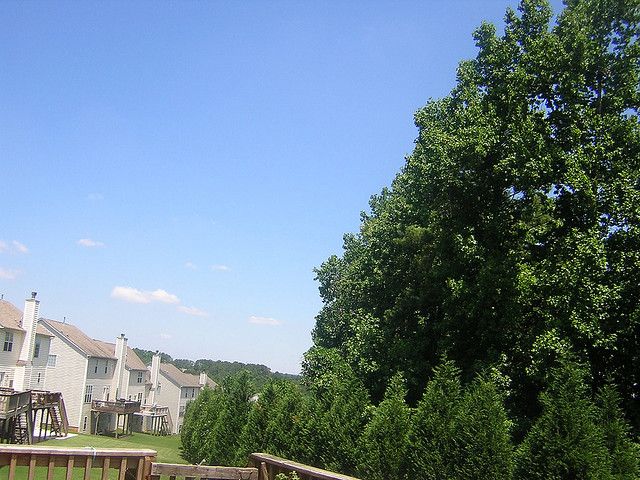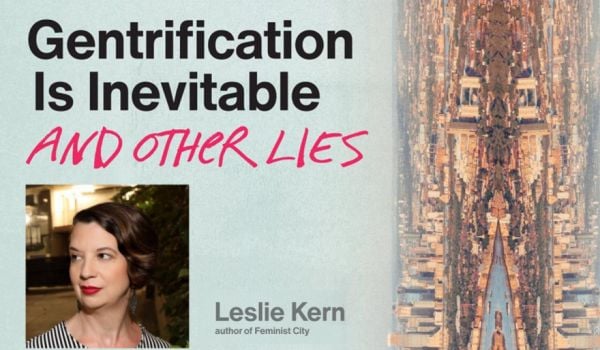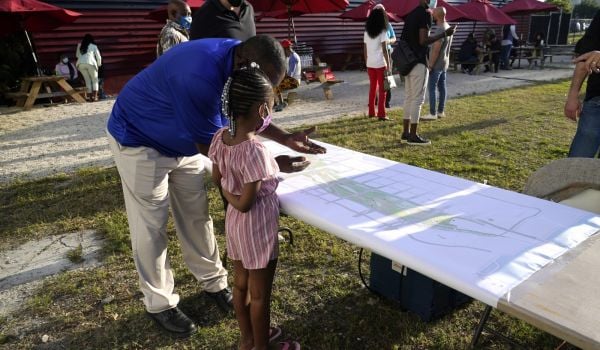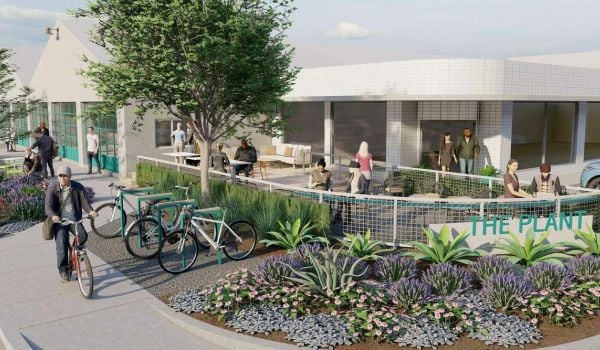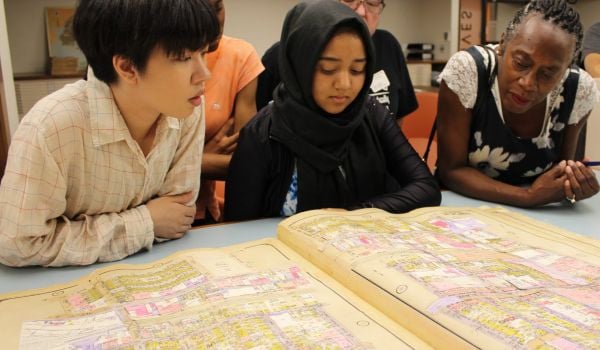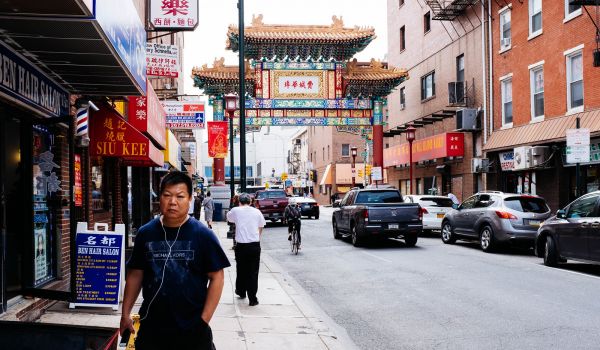It seems like progressive urbanism is starting to sell papers. Two pieces on suburban sprawl, that ever creeping bogey man facing every urban planner under 50, have graced the front pages of the New York Times website over the past three days. I won’t talk about Louise Mozingo’s essay, an excellent piece on the reconceptualization of suburban office parks which are so completely sterile and anesthetized that the only thing they remind me of is an outdoor mental hospital. I’m here because of Christopher Leinberger.
Professor Leinberger (the author is a professor of planning at University of Michigan) used his space in the Times to discuss a pretty popular subtopic of sprawl: the death of the suburb, perhaps best addressed by Alison Arieff’s writing in the same paper a few weeks ago (reaction here). Leinberger takes a look at suburban decline from the perspective of real estate valuation, his thesis based on square footage prices gleaned from the Zillow real estate databases and how those prices map to the geography of a typical metropolitan area. The facts are inarguable: real estate valuations in non-urban areas were chopped while the archetypal city dwelling remained a stable holding. The conclusion then being that the precipitous price drop for exurban homes was based upon the revealed preferences of moneyed classes who apparently saw the 2011 versions of urban Washington, Columbus, and Seattle as ideal places to scoop up undervalued homes. Prof. Leinberger puts the onus of the argument on the back of the demographic shifts of the 1950’s-90’s:
The shift is durable and lasting because of a major demographic event: the convergence of the two largest generations in American history, the baby boomers (born between 1946 and 1964) and the millennials (born between 1979 and 1996), which today represent half of the total population.Boomers want to live in a walkable urban downtown, a suburban town center or a small town, according to a recent survey by the National Association of Realtors.
What Prof. Leinberger seems to say is that the prevailing magnetism of urbane, walkable, dynamic neighborhoods marks the end of the American obsession with the white picket fence and the 1,000 square foot master bedroom. And he’s right. Most affluent people who want an interesting life are choosing to move closer and closer to the city center where only two or three decades ago they would have chosen a detached in Scarsdale or Irvine (both of which are still thriving and retained a huge chunk of their peak housing value). Exciting rich people want the West Village, not Westport.
The thesis seems half-baked, and the fact that Mr. Leinberger bases his essay solely off a growing general population without any passing reference to the shifting ethnic makeup of city centers concurrent with those booms is a little head scratching, at best. Yes, burgeoning family sizes forced many to adopt the suburban future that was so expertly marketed to returning soldiers and expectant mothers, but the resulting white flight created an urban core that was dominated by recently relocated Black Americans from the Jim Crow south and non-White immigrants who did not (do not?) command salaries on par with their White counterparts and couldn’t afford to pay the same rent and didn’t receive similar levels of municipal maintenance. The cities became ugly places to live, the suburbs maintained a mystique of unique euphoria.
The current phenomenon is just an economic boomerang. When there was an overwhelming desire for spacious housing stock in neighborhoods miles from the city, prices bloated and the rolling mansions far outside of metropolises commanded seven-and-eight figure sums; now the apartments in formerly dilapidated warehouses do. The value oscillation priced out former residents, many of whom moved to the least desirable parts of the city geography, either still poor and underdeveloped barrios or to the edge of town. The shifts became a circular displacement, and the subprime mortgage crisis is drowning those caught in an especially bad tide.
(Aside: I’m not a big gentrification sabre rattler; everyone has a right to move into whatever neighborhood they want regardless of the history or prevailing cultural values or ethnic demographic. The fact that upper middle class white people may move into a predominantly Haitian or Vietnamese or Polish community and through a series of economic levers increase local price indexes and median real estate rental costs is not a problem with the interlopers but rather a system that hasn’t allowed the relatively indigenous folks there the opportunity to improve their neighborhood from the core to the crust. Consequentially that freedom of movement is based solely on financial flexibility, which is where the problems with Mr. Leinberger’s analysis begin.)
Exurbs became the modern incarnation of 1980’s era TriBeCa or 1990’s Brooklyn; underinvested, ignored, poor. But destitute places are not hewn from the landscape, they’re created by a set of circumstances, some of which are controllable and some that are wildly variable and it is the meshing and clashing and volatility of those bounds that create modern landscapes. The exurb is no different; a terrain shaped by circumstance and preference. I can imagine that 30 years ago, men and women read about the death of the city and the triumph of the sprawling development and there was no evidence to the contrary; prices and jobs were good and the city looked to be wailing a death rattle. This time it’s not so much that the fringe suburbs are dead, they’re just not breathing.
Editor’s note: This piece originally ran in Radialsblog on December 2, 2011

